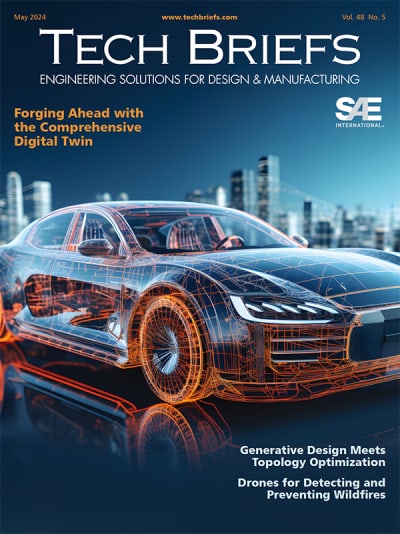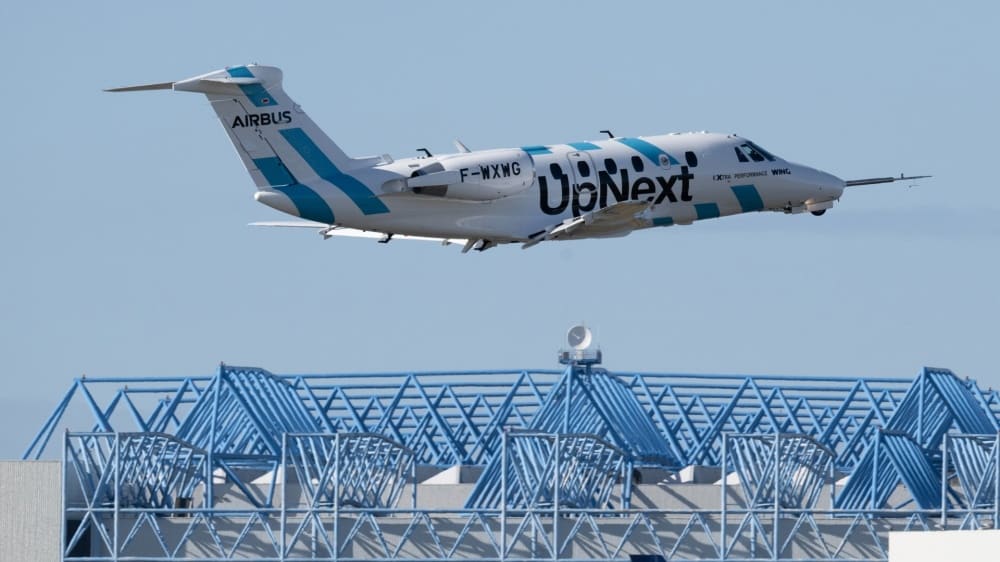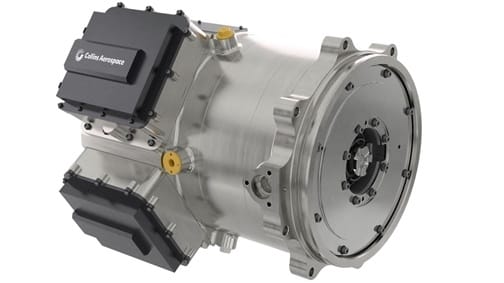In support of the Blended-Wing-Body aircraft concept, a new flow control hybrid vane/jet design has been developed for use in a boundary-layer-ingesting (BLI) offset inlet in transonic flows. This inlet flow control is designed to minimize the engine fan-face distortion levels and the first five Fourier harmonic half amplitudes while maximizing the inlet pressure recovery. This concept represents a potentially enabling technology for quieter and more environmentally friendly transport aircraft.
An optimum vane design was found by minimizing the engine fan-face distortion, DC60, and the first five Fourier harmonic half amplitudes, while maximizing the total pressure recovery. The optimal vane design was then used in a BLI inlet wind tunnel experiment at NASA Langley’s 0.3-meter transonic cryogenic tunnel. The experimental results demonstrated an 80-percent decrease in DPCPavg, the reduction in the circumferential distortion levels, at an inlet mass flow rate corresponding to the middle of the operational range at the cruise condition.
Even though the vanes were designed at a single inlet mass flow rate, they performed very well over the entire inlet mass flow range tested in the wind tunnel experiment with the addition of a small amount of jet flow control. While the circumferential distortion was decreased, the radial distortion on the outer rings at the aerodynamic interface plane (AIP) increased. This was a result of the large boundary layer being distributed from the bottom of the AIP in the baseline case to the outer edges of the AIP when using the vortex generator (VG) vane flow control.
Experimental results, as already mentioned, showed an 80-percent reduction of DPCPavg, the circumferential distortion level at the engine fan-face. The hybrid approach leverages strengths of vane and jet flow control devices, increasing inlet performance over a broader operational range with significant reduction in mass flow requirements. Minimal distortion level requirements are met using vanes alone, avoiding engine stall and increasing robustness of this hybrid inlet flow control approach. This design applies to aerospace applications needing flush-mounted boundary-layer-ingesting inlets.
This work was done by Brian Allan and Lewis Owens of Langley Research Center. For further information, contact the Langley Innovative Partnerships Office at (757) 864-8881. LAR-17365-1






















